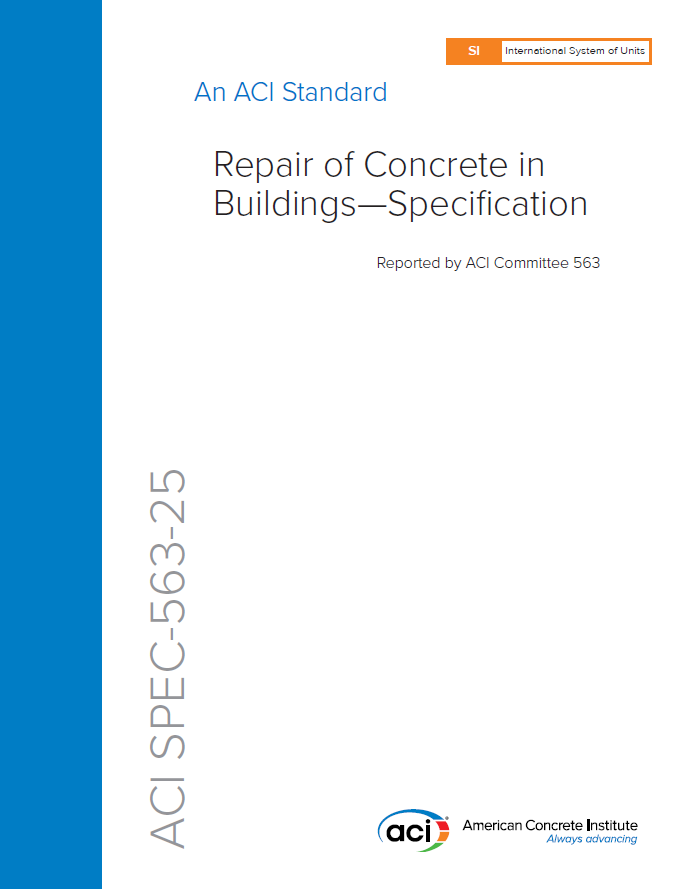The Central Arizona Water Conservation District’s proactive conservation methods increased development without increasing water usage
- Arizona Contractor & Community
- Feb 28, 2024
- 3 min read
By: Richard Parker - Walter Cronkite School of Journalism and Mass Communication
After the summer of 2023 broke records for being the hottest summer in the history of Phoenix, the question of what the future holds for Valley citizens and their water supply is closely tied to the conservation efforts the city puts in place.
Groups such as the CAWCD and the Central Arizona Project are in charge of maintaining the many aspects of Arizona’s water system. The CAP is Phoenix’s aqueduct system, which stretches 336 miles long and is a necessary piece of infrastructure for central and southern Arizona’s water utilities, agricultural districts, and communities.

Phoenix’s water comes from a variety of sources, but one of the most crucial sources to all of the southwest is the lower basin of the Colorado River, which amounts to about 36 percent of the entirety of Arizona’s water.
Karen Cesare represents Pima County on the CAWCD board and was first elected in 2014, then re-elected in 2020 to serve a second six-year term. She owns and operates a landscape architecture and land planning business as well as holds a Bachelor’s and Master’s degree in landscape architecture from the College of Agriculture and the School of Renewable Natural Resources at the University of Arizona.
Cesare of the CAWCD said, “Arizona, and especially Tucson, has been able to handle the 20-plus year drought without taking draconian measures to reduce outdoor water use like California has had to do because of our almost 40-year history of using low water use and native plants. This has helped us be more resilient and maintain our ‘green infrastructure’ while reducing our water use.”
Arizona used less water than it did in the 1950s due to many factors, one of which was the introduction of the Groundwater Management Act of 1980, which split areas that relied on groundwater into “Active Management Areas,” which eventually led to the state and its communities to conserve more water.
One of the other factors that Cesare credits is the work that the CAWCD and the CAP have done in utilizing proactive measures to maintain a “goldilocks” zone between conserving water and not limiting economic development by limiting water usage. Some of the causes she credits are the planting of native plants that have adapted to not needing as much water,
As Arizona experiences one of the longest droughts in modern history, the role of these organizations that oversee water has become more commonplace amongst the public and voters.
Mesa homeowner and Arizona native Greg Pace said, “Anytime people talk about the water in our state on TV, I tune in. These last couple of years have been good for the basins, but I still like to keep informed on what the next couple of years will hold.”
Water Policy Advisor for the Arizona Municipal Water Users Association Paul Bergelin said, “The recent creation of the Water Infrastructure Finance Authority’s Water Conservation Grant Fund and other financing opportunities through organizations like BlueCommons will allow our cities not only to continue basic measures such as incentivizing turf removal and the installation of water-efficient fixtures and appliances but also to implement more elaborate conservation measures that target larger water users.”
There are also non-profits such as the AMWUA that are utilizing proactive measures so that the state always has enough water supply for economic growth without overbearing the water shortages in the Colorado Basins and elsewhere.








Comments